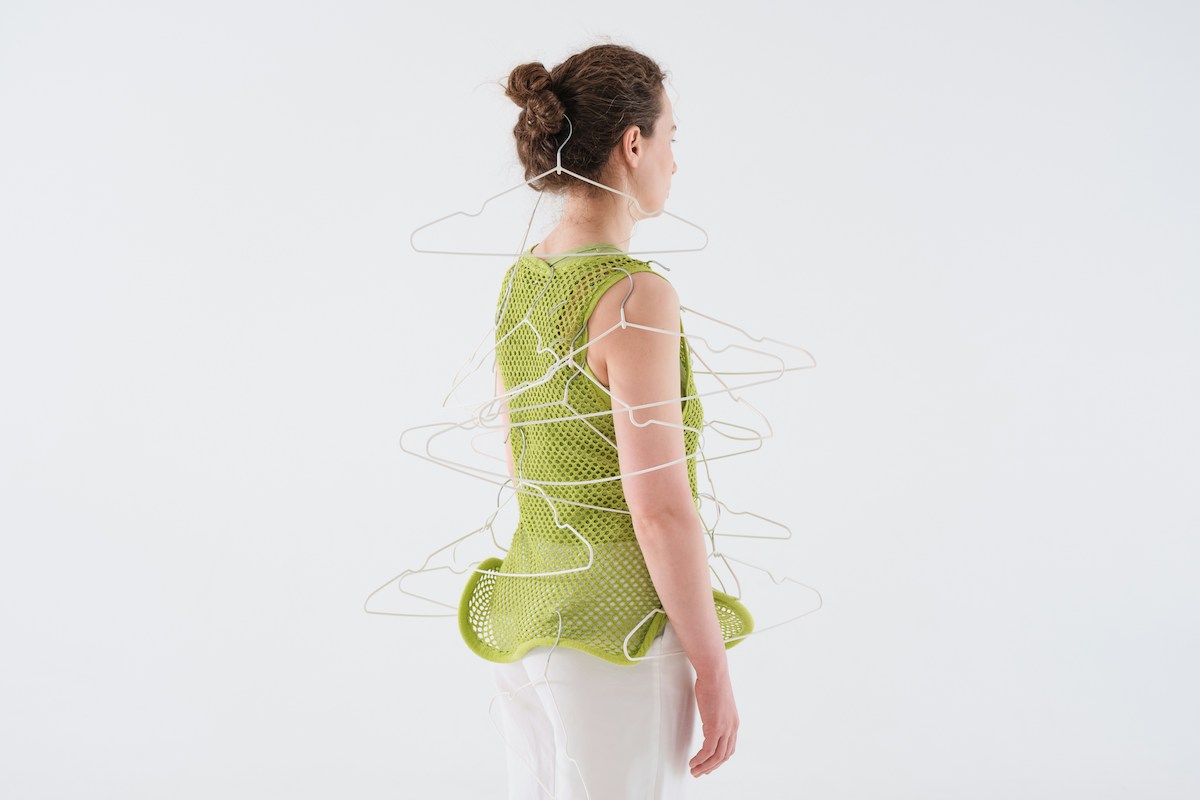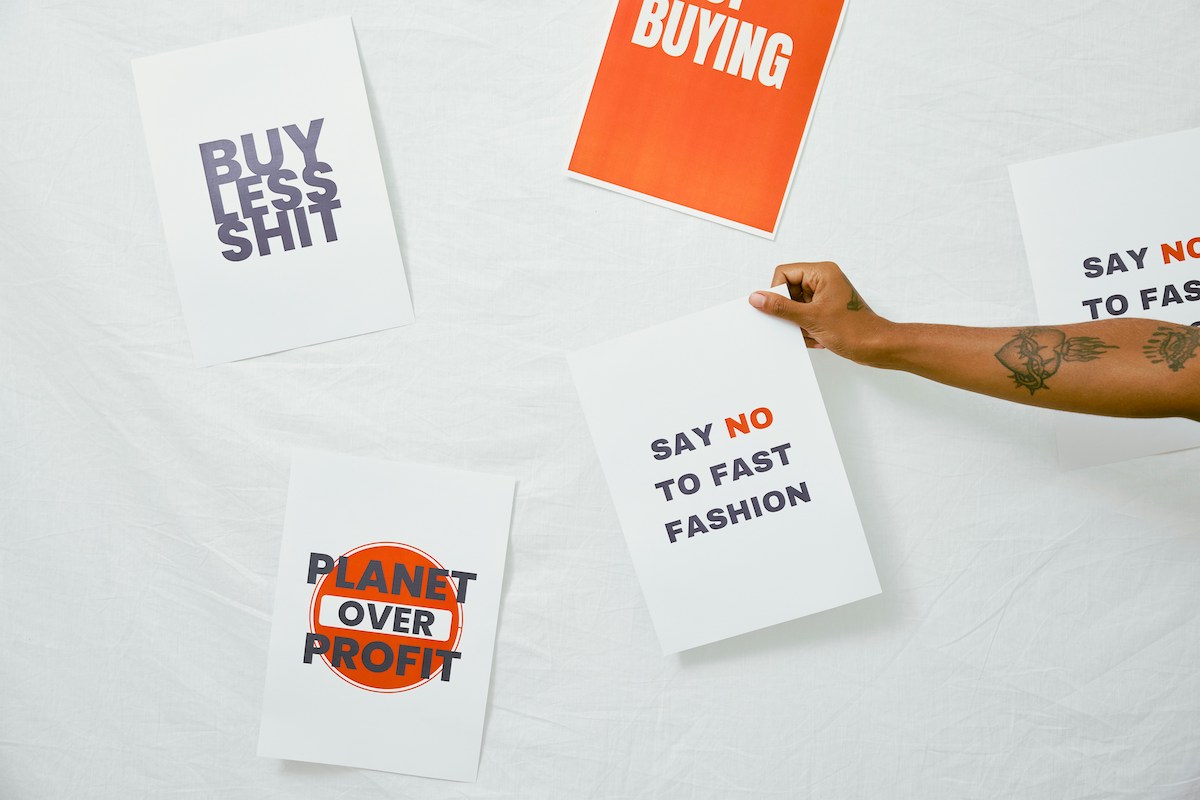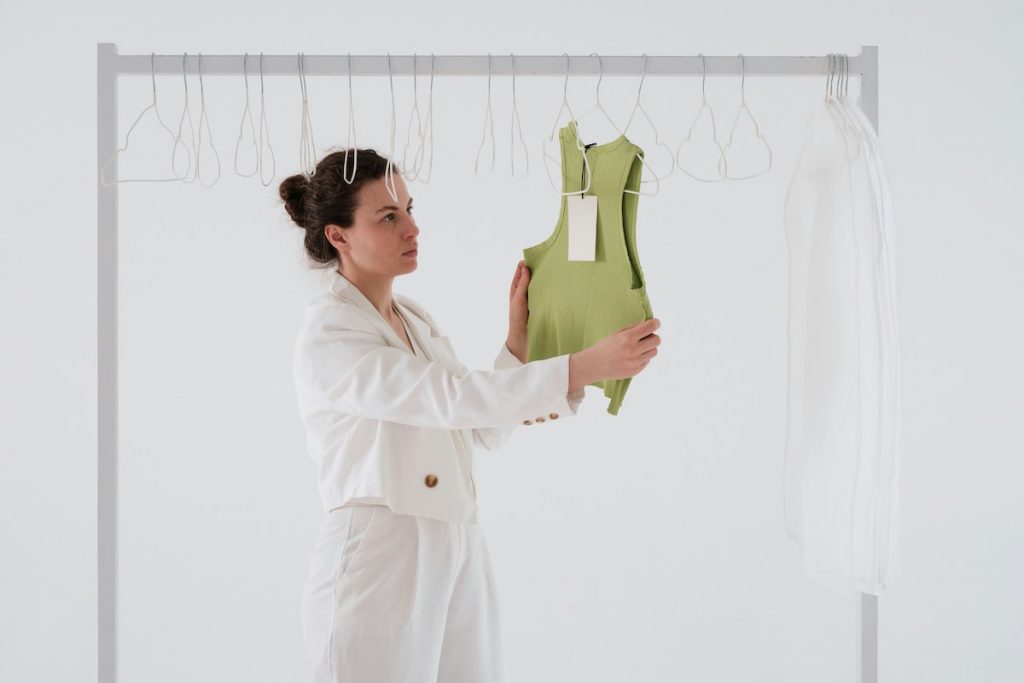“Buy less, choose well, make it last.”
We’ve all heard the slow fashion gospel. It’s ethical. It’s sustainable. It’s the future.
But here’s the thing — can Namibians actually afford it?
Let’s talk about it.
What is slow fashion?
Slow fashion is the movement away from fast, mass-produced clothing. It emphasises:
-
Quality over quantity
-
Ethical production
-
Environmental responsibility
-
Timeless, versatile design
It asks consumers to buy fewer pieces, made with care, often by local artisans or sustainable brands. It’s the antithesis of “wear it once and toss it.”
Sounds dreamy, right?
But here’s where it gets real: slow fashion is expensive — at least upfront.

In Namibia, where the average household is already navigating the rising cost of living, a N$900 locally made top can feel completely out of reach when fast fashion alternatives exist for half — or even a third — of the price. For many, affordability still trumps sustainability.
And we’re not here to shame that. Survival often trumps idealism.
But here’s another angle: what’s the cost of fast fashion?
Sure, fast fashion is cheaper, but the hidden costs are stacked high:
-
Environmental damage (textile waste, water pollution)
-
Poor working conditions (unfair wages, unsafe factories)
-
Disposable culture (low quality, short lifespan)
It’s a system built on overconsumption and underpayment. And it’s not sustainable — for the planet or for us.

So, can we afford slow fashion? Maybe the better question is — how do we reframe affordability?
Affordability isn’t always about the price tag. It’s about:
-
Cost per wear: If a N$900 jacket lasts 10 years, is it really more expensive than a N$300 one that falls apart in a year?
-
Supporting local industry: Buying from Namibian designers means keeping money in our economy and nurturing a creative culture.
-
Changing our habits: Instead of 10 cheap items a month, what if we saved up for 1 great one?
It’s a mindset shift. A slow rebellion.
What we need in Namibia:
-
Accessible pricing tiers from local brands, to meet people where they are
-
Education about the true cost of fashion
-
More transparency in how clothes are made
-
Thrift and upcycling culture that supports the values of slow fashion without the steep price
Because slow fashion shouldn’t be an exclusive club. It should be a collective practice.
Can Namibians afford slow fashion?
Some can. Some can’t. But we all can engage with the values of it — in big or small ways.
And maybe the future of fashion in Namibia is a hybrid one: slower, more conscious, deeply local, and inclusive.
What are your thoughts?




